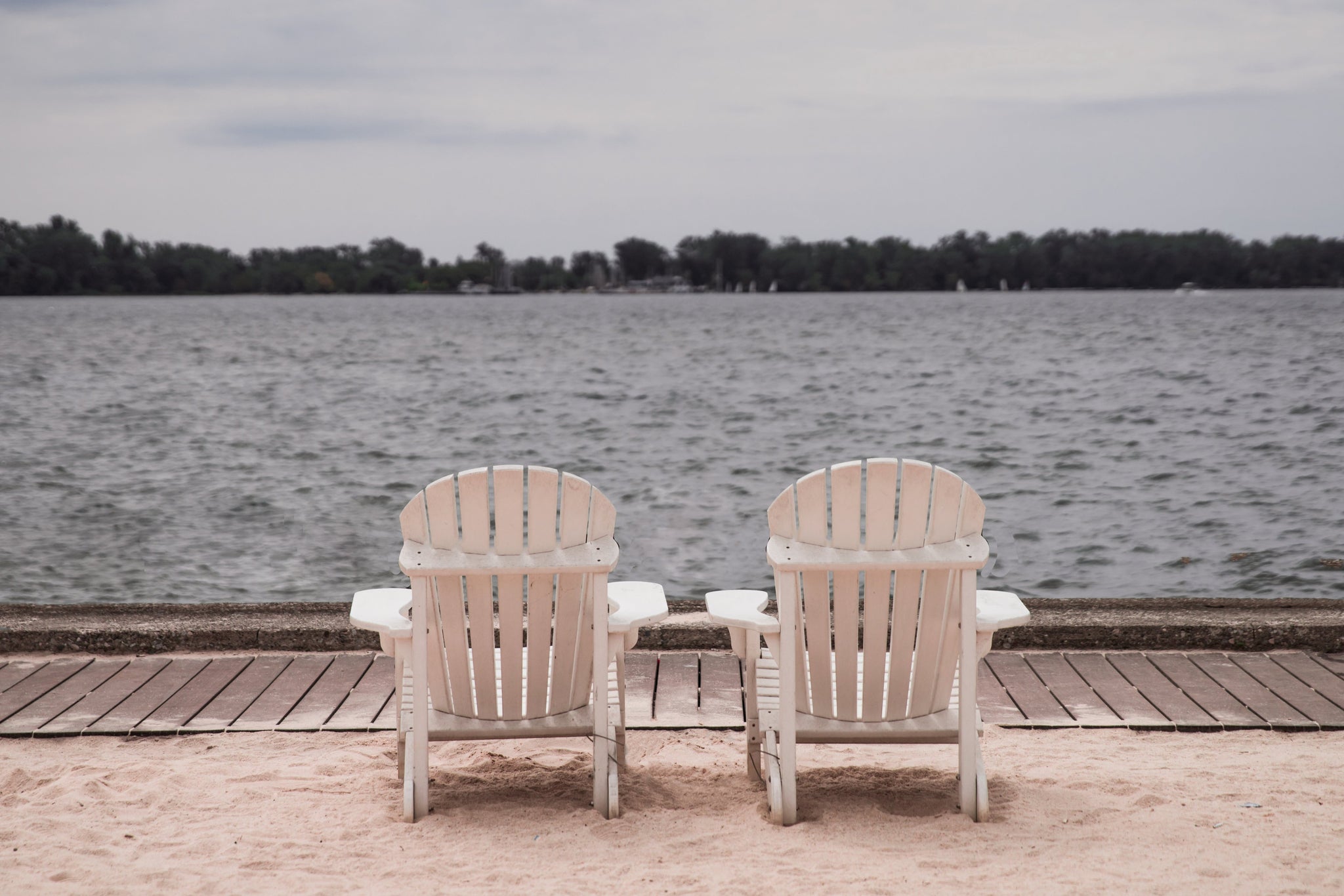Clear Lake Coffee Roasters: At Home Series -How to Grind Coffee Beans - May 15, 2021
How to Grind Coffee Beans
Once you buy fresh coffee, the secret to a great cup lies in the way you grind your beans. In fact, the most important piece of coffee equipment is your grinder, since it determines how taste is extracted when you brew. While pre-ground coffee is convenient, it’s always best to buy whole-bean coffee and grind it immediately before you brew.
Burr vs. Blade Grinder
Blade Grinder
If you’re just getting into coffee, blade grinders are a great, inexpensive choice. These are essentially special-purpose spice grinders. Our usual recommendation is the Bodum Bistro, and it can be found almost everywhere from Amazon to Target (around $25). If you’re new to artisan coffee, starting with a blade grinder is a good way to set a baseline for your palate.
The limitations of a blade grinder come down to inconsistencies in the size of the coffee grounds. This leads to an uneven extraction of flavor from the beans, and a generally flat, underwhelming taste.
Once you get used to drinking your coffee for the taste, the upgrade to a burr grinder will be a real eye-opener.
Burr Grinder
Grinding your coffee beans with a burr grinder is, for many, the best upgrade (short of buying better beans) for your coffee experience. Burr grinders come in many varieties and at a wide range of prices, from about $100 up to “price is no object." They’re also where you find all kinds of bells and whistles, from weight-based dosing to anti-static materials to titanium burrs. We recommend the Breville Smart Grinder Pro (around $200). For drip coffee, we suggest a grind size of 39 (1 is finest, 60 is coarsest).
What you really want from a burr grinder is to pulverize the beans (which creates more surface area than slicing/cutting), and to produce a super-consistent grind, so you get the same taste experience every time. From a coffee tasting standpoint, the flavor extraction with a burr grinder can yield depth and subtlety that can be transformative; out of nowhere, you’ll be able to taste notes such as baker’s chocolate, blueberry, or almond.
How Long to Grind Coffee Beans
When it comes to grinding coffee beans, size is more important than length of time. Your coffee grounds need to be the proper size, with a high degree of consistency, so that extraction—the intermix between water, coffee, temperature, pressure, and time—is done right. When extraction goes wrong, you know it right away. Although your brewing method dictates the right level of coarseness, flavor goes south in two very recognizable ways: sour taste (grounds are too coarse) or bitter taste (grounds are too fine).
The general rule of thumb for grinding beans varies by brewing method:
- Espresso: Espresso uses extraction via pressure and requires the finest grind, roughly the size and consistency of cocoa powder.
- Drip or Pour Over: These brew methods filter the coffee and need a medium grind, about the size of rough sand.
- French Press or Cold Brew: Preparations extract through timed immersion of the grounds in water and need the coarsest ground, about the size of large salt crystals.
Once you have fresh beans, clean water, and a solid grinder, it’s all about locking in your grind and brew methods and building a habit around it. Consistency—whether it’s water source, temperature, amount of coffee, or grind size—is key. You can use our coffee-to-water ratio calculator to figure out how to calibrate your brew.
How to Grind Coffee Beans Without a Grinder
Even the tiniest kitchen has more than enough to start you off on the right path. Ever gone to a restaurant and been asked if you’d like freshly ground pepper on your dish? Grinding pepper is similar to grinding coffee, and most pepper grinders allow you to adjust the coarseness. If an unused pepper mill isn’t available, the best stand-by option is a blender or spice-grinder. Use quick pulses to control the coarseness of the grind. These alternatives illustrate the two main options in grinding technology: blade-based (beans are literally sliced up) and burr-based (pulverization).
In a pinch, you can also hand-pulverize beans. Use a mortar and pestle or even a rolling pin to crush up whole beans. Just be sure to crush to a consistent size.
If you don’t have a coffee grinder and don’t want to try a stand-in, there are two other easy options. First, most supermarkets have a grinder in the bulk section; just bring your own beans and select the brew method you’re using on the dial. (Warning: we can’t vouch for the cleanliness of these machines!) Alternatively, while buying whole bean is best, you can always buy freshly ground coffee.

Whilst you're here are 6 reasons for making Clear Lake Coffee Roasters - CLCR - your go-to coffee roaster:
☕️ We are a local family-run business located in the heart of Clear Lake, Iowa.
☕️ We go to great lengths to find only the finest and ethically sourced coffee around, from the top 2% of coffee beans in the world.
☕️ We only source 100% certified Arabica coffee beans, carefully hand-selecting each coffee based on specific quality and taste attributes.
☕️ Our roasting process has been refined over the years and each roast profile is individually designed to complement the nuances of the coffee we source, from Cup of Excellence (COE) award-winning producers.
☕️ By roasting in smaller batches, we can ensure our coffee is ALWAYS fresh, in fact, we roast your coffee only after you place an order - the same day your order ships out.
☕️ At CLCR, we are dedicated to a single mission: the unyielding pursuit of coffee perfection in every cup.
We would give you more reasons, but rather than reading it's better if you visit our website, purchase a bag or two, and experience a unique caffeinated or half-caff journey for yourself 😊!
Explore goodness. Click. Buy. Smile.

Clear Lake City Park Beach - Named one of USA Today's top 50 Beaches in the United States.

Leave a comment
Please note, comments must be approved before they are published